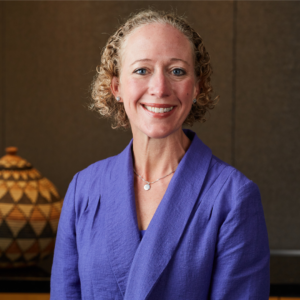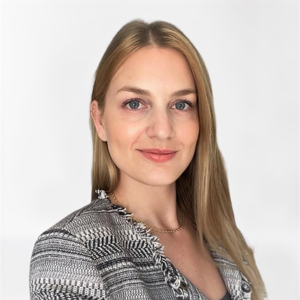Your unused drugs can benefit your facility, those in need
Long-term care (LTC) communities looking to improve efficiencies and finances while helping the less fortunate may find an ally in a California-based nonprofit organization. Through SIRUM, skilled nursing facilities, assisted living communities and other healthcare providers that have unused medications destined for destruction are connected with community clinic pharmacies that can use these drugs for their low-income patients.
 “We bill ourselves as a match.com for unused medicine,” says Kiah Williams, a co-founder and director of the health-focused tech company (the name is an acronym that stands for Supporting Initiatives to Redistribute Unused Medicine). The company began as a student research project at Stanford University, then morphed into a student group and ultimately became a nonprofit.
“We bill ourselves as a match.com for unused medicine,” says Kiah Williams, a co-founder and director of the health-focused tech company (the name is an acronym that stands for Supporting Initiatives to Redistribute Unused Medicine). The company began as a student research project at Stanford University, then morphed into a student group and ultimately became a nonprofit.
“A lot of our work is made possible by legislation in 40 odd states that allows for and protects medicine donation, specifically from institutions like nursing homes and assisted living, to these community clinics specifically for low-income patients,” Williams tells Long-Term Living. Many of these “good Samaritan” laws are inactive, however, she says.
All medications accepted for redistribution via the program must be unused, unexpired, unopened, uncontrolled and in tamper-evident packaging such as blister packages. Also, only drugs that have been centrally stored and under the supervision of staff (not residents or their families) are eligible for recycling.
Here’s how the donation process works:
- SIRUM maintains lists of organizations that have expressed interest in contributing or receiving unused medications as well as a list of acceptable medications. Donors indicate which drugs they have, and recipients indicate which drugs they need.
- The donor decides what drugs it would like to donate, and to whom.
- The donor collects and records the medications it is contributing, typically using its usual disposition/destruction recordkeeping method.
- The donor removes or renders illegible Health Insurance Portability and Accountability Act-protected information from the medicine containers and ships the drugs directly to the recipient pharmacy using a pre-addressed, prepaid shipping label.
- The donor submits a copy of its disposition/destruction record to SIRUM via the Internet or fax. Donations are automatically picked up and shipped using SIRUM's patent-pending technology platform.
- A licensed pharmacist at the recipient pharmacy checks, inventories and repackages the medications for clients.
- The donor receives quarterly reports estimating how many people its recycling has assisted.
Donors realize three main benefits, Williams says. “It’s saving them a little bit of time and a little bit of money,” she continues. “Oftentimes, we’re hearing about how long it takes a nurse to punch out a bunch of pills from a partially used card of medicine [or squeeze unused creams out of tubes, Sirum’s website points out], and facilities oftentimes are paying up to $3 per pound for the destruction of medications that they legally are responsible for destroying,” she adds. Donating the medication, on the other hand, does not involve such costs.
In fact, the process costs nothing for donors. To offset SIRUM’s expenses, recipient pharmacies pay a fee that represents a percentage of the value of the assistance they receive.
In addition to time and money, donating has intangible benefits, Williams says. “A lot of nurses have expressed appreciation and support for the program; they got into this business because they wanted to help,” she explains. And help they have: “In California alone, these facilities have donated millions of dollars of medicine within the past couple of years,” Williams says, noting that SIRUM has more than 200 donor-partners in that state.
Medication donation is not a new concept, Williams says, but whereas many traditional programs involve planned excess production for charitable giving purposes, SIRUM’s program focuses on existing medication that otherwise would be destroyed. “A National Resource Council white paper that came out in 1999 said that generating one pound of active ingredient for a prescription drug can generate up to 1,000 pounds of waste,” she says. “If we can redistribute one pound of active ingredient rather than create another pound of active ingredient, we could save up to 30,000 pounds of waste.”
The organization currently operates in California and Colorado and is looking to expand in those states as well as around the country. LTC providers interested in donating medication can visit SIRUM’s website or call (650) 488-7434 to learn more about the organization and how to get involved.
“SIRUM will help them set up a program in their building,” Williams says. “We will come on site, if it’s helpful, to help give demonstrations and help with on-site technical support with any building that is interested in the program,” she adds.
Related content: LTC providers can collect controlled substances under new federal policy
Related Articles
Topics: Articles , Executive Leadership , Finance , Operations , Staffing











